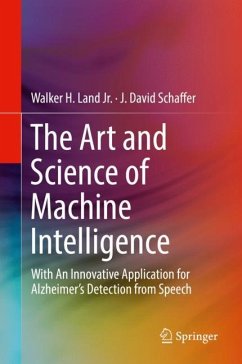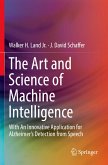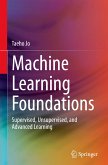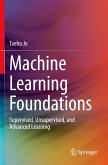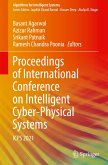This volume presents several machine intelligence technologies, developed over recent decades, and illustrates how they can be combined in application. One application, the detection of dementia from patterns in speech, is used throughout to illustrate these combinations. This application is a classic stationary pattern detection task, so readers may easily see how these combinations can be applied to other similar tasks. The expositions of the methods are supported by the basic theory they rest upon, and their application is clearly illustrated. The book's goal is to allow readers to select one or more of these methods to quickly apply to their own tasks.
Includes a variety of machine intelligent technologies and illustrates how they can work together
Shows evolutionary feature subset selection combined with support vector machines and multiple classifiers combined
Includes a running case study on intelligent processing relating to Alzheimer's / dementia detection, in addition to several applications of the machine hybrid algorithms
Includes a variety of machine intelligent technologies and illustrates how they can work together
Shows evolutionary feature subset selection combined with support vector machines and multiple classifiers combined
Includes a running case study on intelligent processing relating to Alzheimer's / dementia detection, in addition to several applications of the machine hybrid algorithms

